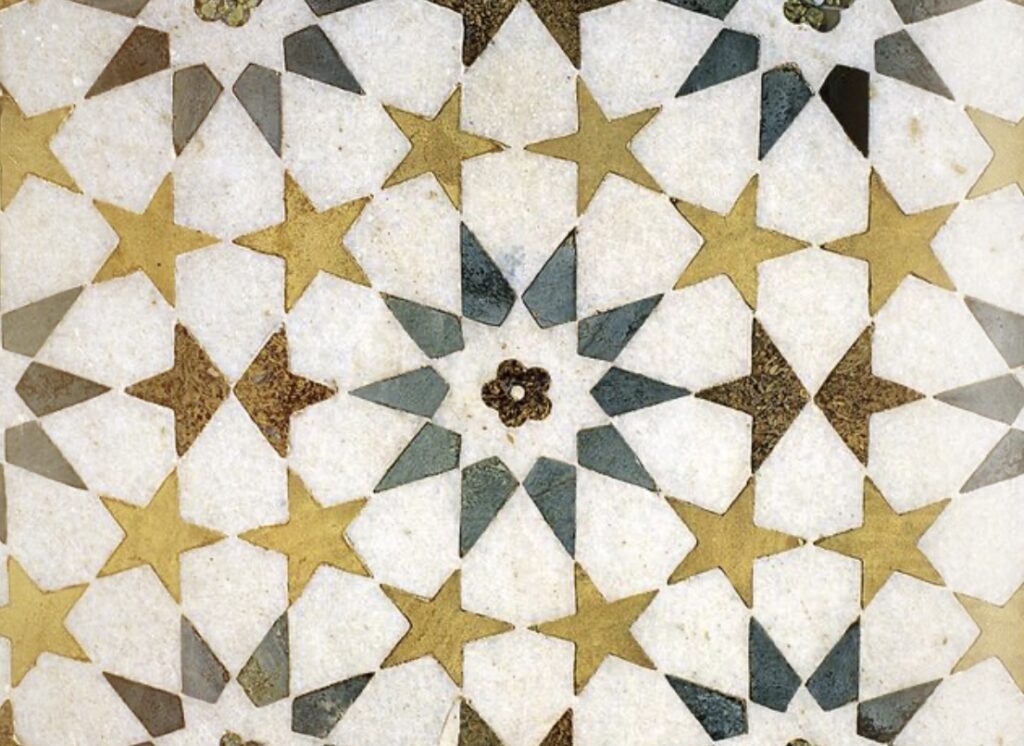Hello, this is Takayuki Ueda from Tokyo modal music lab.
Today’s topic is a big deal.
It will completely change the way you listen to music.
No you don’t 🧐.
You might think so.
It is true that it depends on the person’s musical sense.
But still
In music, in rhythm
in music, in rhythm, in the pursuit of mathematical beauty.
This article will help you to understand that Indian music is truly a humbling experience.
So, today
Today, I would like to talk about
Today, let’s take a look at Tihai, a method of distorting space-time in Indian music.

Time warping?
You can’t do that with music😳.
Yes, it is true that we are
We’re not in outer space.
Unless we are traveling at the speed of light
time is not distorted, right?
But if we use Tihai
the performer can cast a spell on the listener’s sense of time.
to the listener’s sense of time.
オリエント音楽にかかった魔法とは?
Middle East, India, etc.
The music of the Orient and the Orient
There are no harmonies in the music of the Orient and the Orient.
There are no harmonies in Western music.
The music that we are familiar with today, from rock and pop to jazz and Latin music
The music we are familiar with today
Most of the music we are familiar with today, from rock and pop to jazz and Latin, is heavily influenced by Western harmony.
When these modern people listen to music without harmony.
It’s like miso soup without broth.
It’s like when you eat something you’re not familiar with.
Oh, what is this?
How do I taste it?
You may be confused.
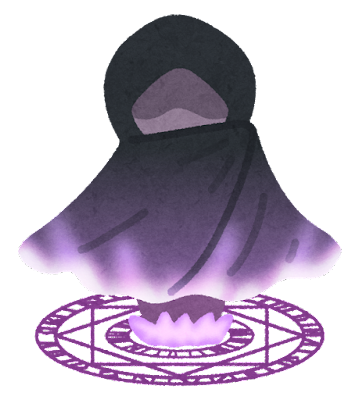
And yet
In the music of the East
Even though there is only one melody (single melody)
But the rhythm is full of rich expression.
The melody may be simple
But by promoting different kinds of rhythms at the same time
You can trick the listener’s time line
You can do magic.
This is called polyrhythm.
This is called polyrhythm, and Tihai
By effectively using such compound rhythms
The role of the scene chainge! and the role of
or to create a new atmosphere at the end of a song.
Tihai (pronounced ti-‘ha-yi) is a polyrhythmic technique found in Indian classical music, and often used to conclude a piece. Tihais can be either sung or played on an instrument. Tihais are sometimes used to distort the listeners’ perception of time, only to reveal the consistent underlying cycle at the sam.
Tihai
リズム魔法の使い方は
So, let’s try to
Let me summarize the points as clearly and concretely as I can.
😌
- Repeat the same phrase three times
- Ends on the first beat
- Progress to a different beat than the main rhythm
By this
Indian style rhythm magic Tihai is
a rhythmic version of cadence in western music.)
at the end of a piece of music or at the end of an improvisation.
By inserting a completely different beat
The scene has changed! It can be used to create a sense of “scene change!
Now that I understand the theory, how do I use it in my performance? So, let’s start with a simple example.
Let’s start with a simple example.
In a four-beat progression
Five beats are repeated three times
and the last beat ends with a bash
You can see that, can’t you?
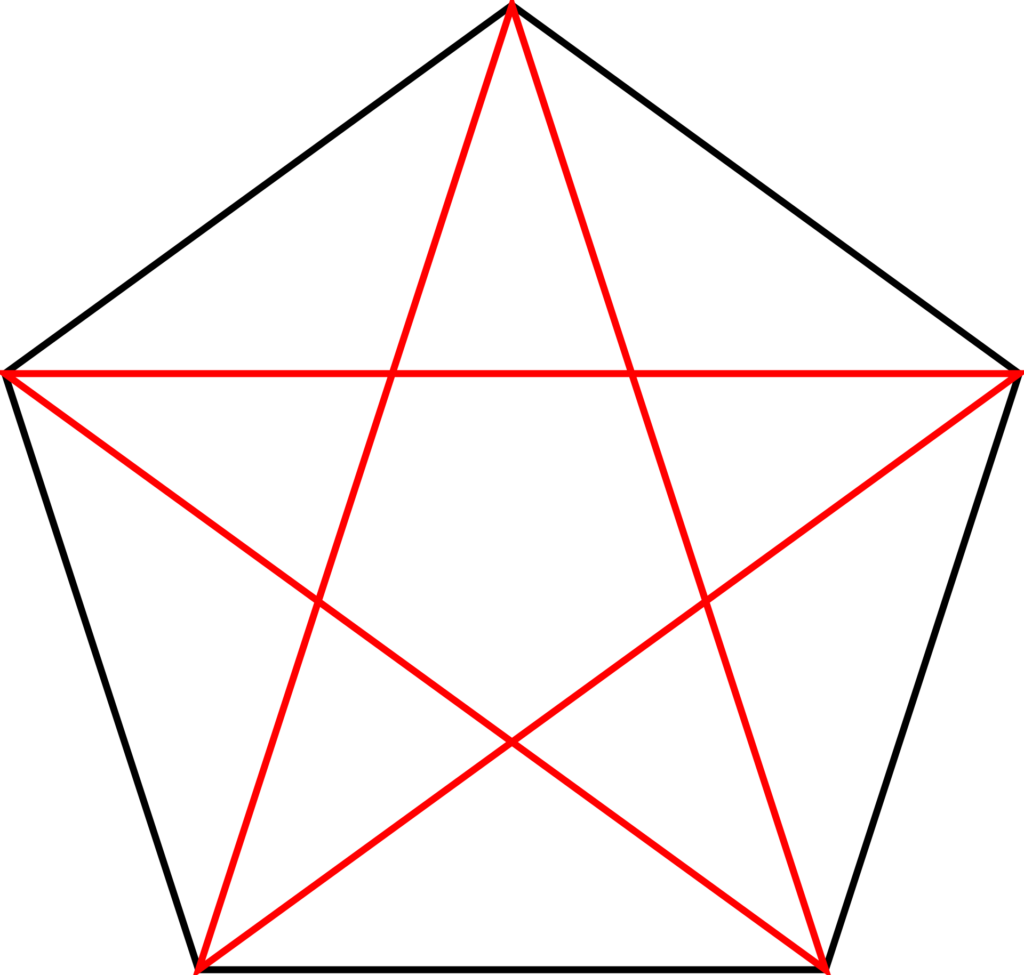
The music is a sample of the last part of the traditional Cretan dance “Pentzalis”.
, with Tihai in the last part.
This is not the first time
This is not the first time I have done this.
Ross Daly, a music master living in Crete
had already played it like this.
As you can see, even among Western musicians
If you listen carefully, you will find that some of them effectively incorporate the mathematical rhythmic patterns of Indian music, Tihai.
There are many kinds of Indian magic spices.
As mentioned earlier
It can be used in a simple way, but
but you can also
But you can also use it in a simple way as described above.
Here is an example of a tricky technique
From 8:24, a slow
7-beat rhythm
At 8:46, suddenly
At 8:46, there is a completely different rhythm.
At the end, you can see that the song ends with a gong at the beginning of the 7-beat rhythm.
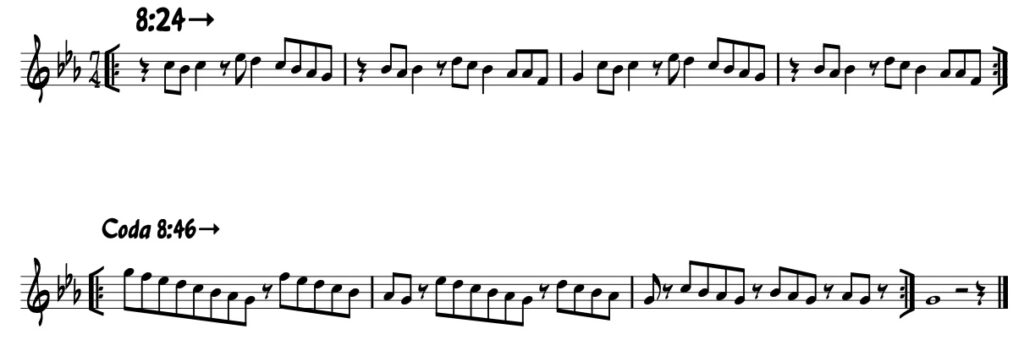
This is not exactly the same as the
Tihai (repeated three times, ending at the top), but it is not strictly speaking the same.
But the method of decreasing the scale one note at a time
This may not be strictly speaking the same as Tihai (repeated three times), but the method of reducing the scale one note at a time is confusing to the listener.
😳
Huh? What’s going on?
What’s going on?
and you will feel the distortion of time.
Still, the last
The final “ta-da” ends at the beginning of the seventh beat of the song.
You can also feel the sense of finality.
Like this
numbers as if they were puzzles or
geometric patterns.
This method of aligning music with the world of numbers in an orderly manner
This method is especially common in Indian classical music.
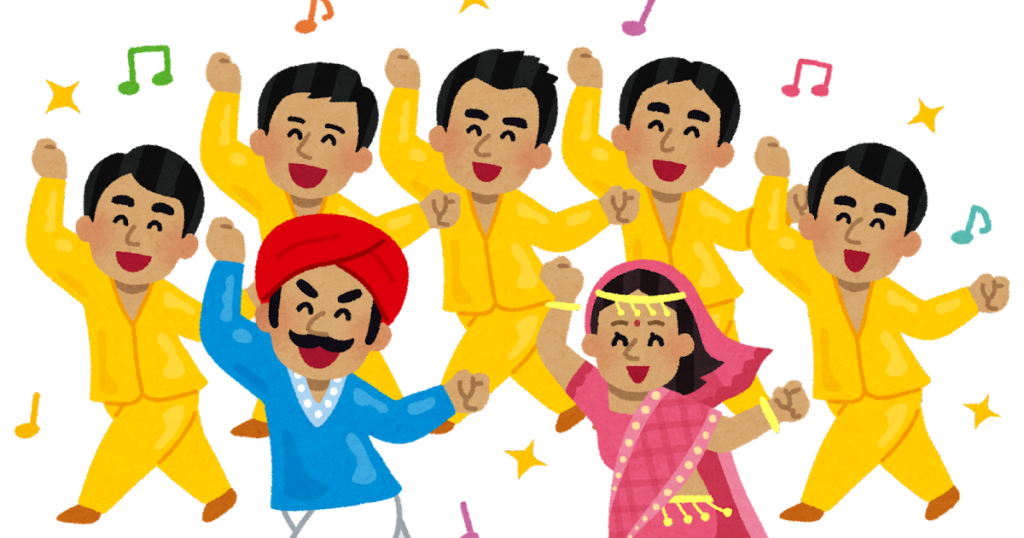
India is amazing!
That’s right, because
The concept of zero also originated in India.
If you take it a step further and try something like Tihai.
So I tried to experiment with my own work.
To the seventh beat.
Repeat three times.
Amata and boom!
Indian-style polyrhythmic solutions for
something like Tihai.
Arabic scale and the results
It made for an interesting experiment.
So, what did you think?
If you just listen to it for a while
Huh?
I thought I was doing a completely different phrase, but as I repeated it
But as you repeat it, you’ll find yourself back to the original beat.
It’s a bit like magic, isn’t it😌.
Not only in India.
Classical music and folk songs from the Middle East and other parts of the world have
As you can see, there are many fun tricks that we are not familiar with.
I’m not a specialist in classical music performance, but
But just a little bit of it
a little bit of it, you can enjoy a completely different spice flavor.
You can enjoy it.
In the age of 100 years of life, where diversity is valued, it is important to learn not only Western music, but also
By learning this kind of music
I’d like to introduce you to a few more of them.

